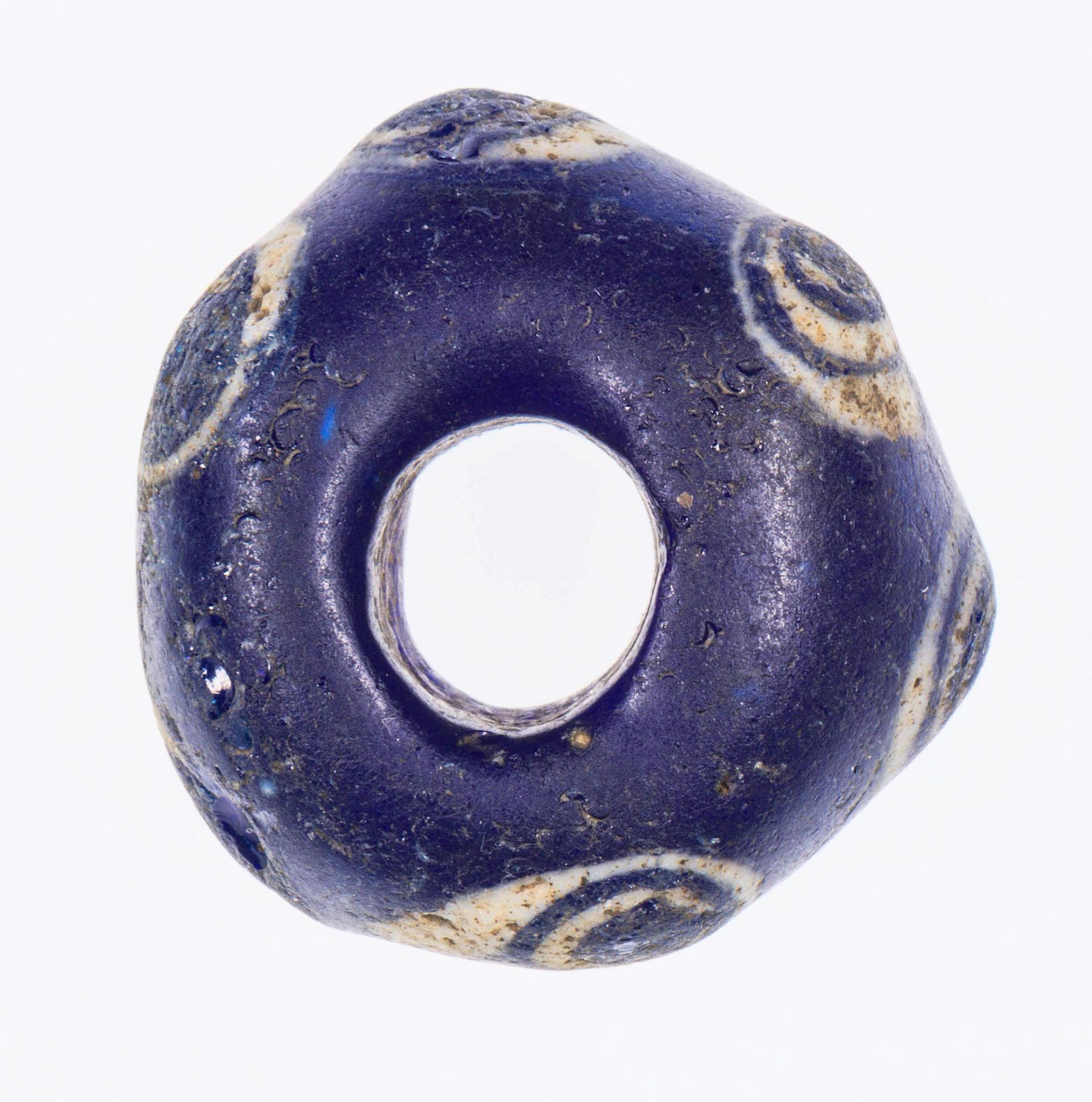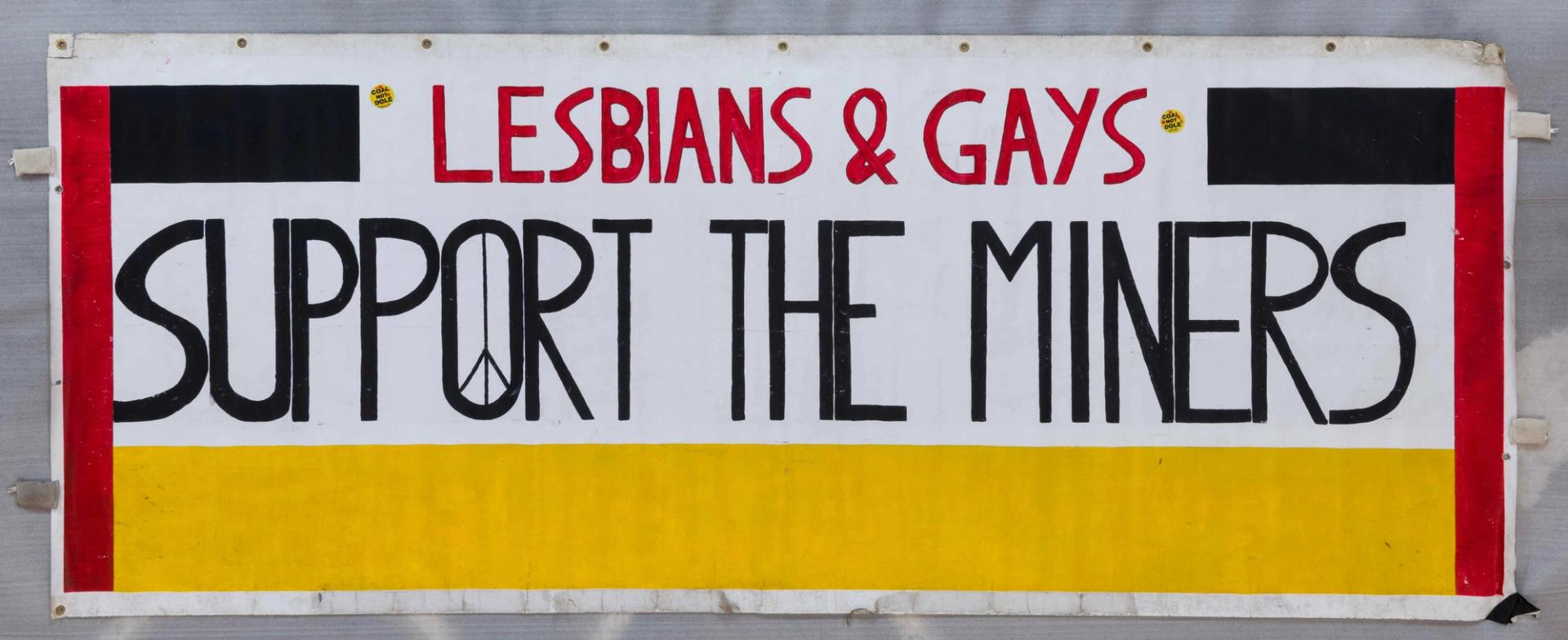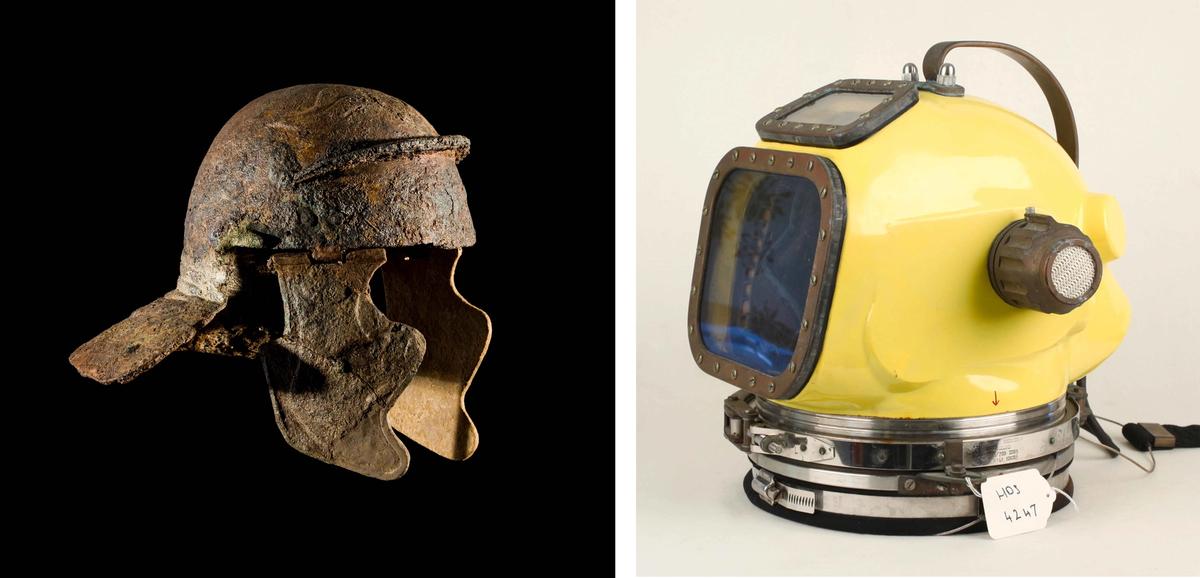A digital platform that seeks to bring together 100 million object records from collections across the UK launched last week (13 September), with organisers claiming the initiative will be “transformative” for curators, researchers, educators and more.
The Museum Data Service (MDS) is a collaboration between the art education charity Art UK, the Collections Trust and the University of Leicester, with funding provided by Bloomberg Philanthropies and the Arts and Humanities Research Council. Its core aim is to provide a single platform on which museums can store and share their object records—with all records displayed in a simple, uniform format. It has initially begun with around 3 million records from 21 museums—among them the National Gallery in London and Amgueddfa Cymru (Museum Wales)—with many more expected in the future.
How did the Museum Data Service come about?
The initiative stemmed from a project by Art UK, which has been working to digitise British art collections since its founding in 2003. “In 20 years we have brought 300,000 artworks on to Art UK,” says Andrew Ellis, the charity’s director. “But there are millions of artwork records in public collections, including works on paper, photographs, ceramics. So how do we ingest those at scale and keep the records up to date?” His team, he says, worked with the software company Knowledge Integration to trial a new approach using 10 collections, which eventually led to the development of MDS.
The turning point came when Kevin Gosling, the chief executive of the Collections Trust, which works with museums to help improve the way they manage their holdings, joined the test run. “Art UK was trying to solve the problem that it had within its particular collection type, but we could see that there were people struggling with the same problem for other collection types as well,” Gosling says. “It made far more sense for Art UK to become part of something bigger.”

An iron age glass bead, held by the Armagh County Museum in Northern Ireland is another example of an object currently detailed on the Museum Data Service Courtesy of Armagh County Museum
How will it work?
The “big problem” the service was trying to solve is “how do you bring together this extraordinary national collection of objects that is held in myriad different collection management systems with conflicting field names,” Ellis says. Working with Knowledge Integration, the team has set up a system that is “super simple”, Gosling adds. Museums can either upload an export file, or, in the case of larger institutions, share records via an application programming interface (API), which allows databases to communicate with one another. The MDS software then applies some light modelling to divide data into categories.
For updates, these can be arranged to take place automatically using an API or museums can simply submit a new file and the system will pick up what is new. A key benefit, Gosling continues, is that “we can take data from museums any which way and they don't have to spend any time at all cleaning it up.”
MDS has been marketed as a “business-to-business” rather than “business-to-consumer” initiative, with most users anticipated to be museum professionals. It will also, however, be available to researchers and educators, who will be able to access data on a large scale. A variety of licences will be available to museums so they can decide what is available to users and what isn’t from their collections.
An emphasis has been placed, Gosling says, on ensuring it is an attractive proposition for smaller institutions as well as large ones. There will be no charges for using the database, with the only exceptions being those who go beyond a “fair use” policy, for example individuals running “super intensive processing” tasks. To keep costs down, the service will not host images, though it will be possible to link to images, which can then be cleared for use by the researcher or other user.

“Lesbians and Gays Support the Miners” banner made for the 2014 film Pride © Amgueddfa Cymru Museum Wales
There is potential for the benefits of MDS to be felt on a societal level too. The Collections Trust, Gosling explains, is working to ensure that there is well-managed space—or a layer—within records that reflect the “multiple perspectives” provided on objects, for example during work with communities both local and international. He cites research initiatives the trust is helping with that will make use of this layer, including the Wolverhampton Museum’s Living with Difference project, which involves workshops about colonial era-objects and work by Black artists in its collections.
Going forward, the service will be overseen by University of Leicester, which brings it own expertise and “significant capability in managing large data sets“, Ellis says. The hope is that, in the years to come, it will host the more than 100 million objects held within the Arts Council’s 1,750 “accredited” museums and other collections across the UK.
The bigger picture
The launch of the service comes at a time of increased attention on collection records both in the UK and abroad. Towards a National Collection, an £18.9m project funded by the British government that seeks to create “a unified virtual ‘national collection’ by dissolving barriers between different collections”, is underway—with a major conference in November. The Getty Conservation Institute, meanwhile, is continuing work on Arches, its open-source platform for cultural heritage organisations to manage their data.
Ellis and Gosling acknowledge they are part of a “moment”, and believe in the potential for MDS to grow and develop over the coming years. “One thing we are really interested in, is that there is a huge scope for us collaborating with information scientists to do enhancements of the data,” Gosling says. “Those kinds of things which will just add value to what might be quite skeleton records at the moment.”
Ellis continues: “I think it's an absolutely enormous milestone for museums, and it is against this background in which there's so much more interest, particularly from the Arts and Humanities Research Council in researching ways to do this. Together and as partners with our funders, we have built it, and we've got the enthusiasm and trust of the sector behind it. These will be vital if we are to connect our museums together.”


